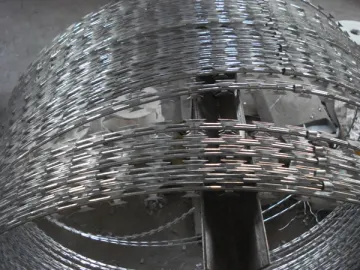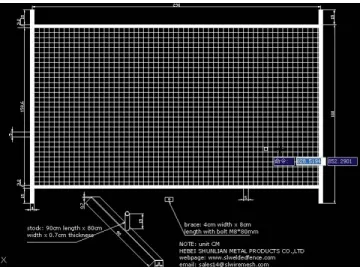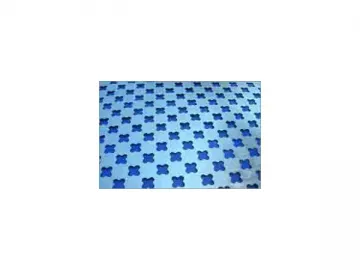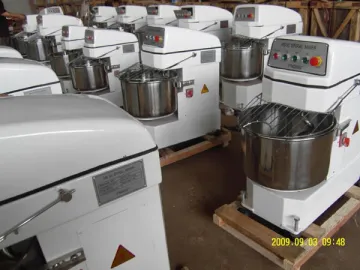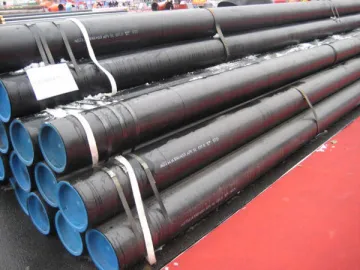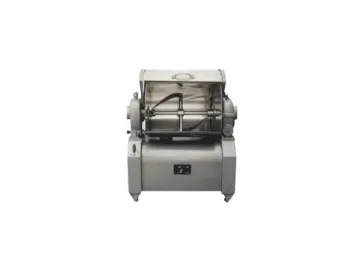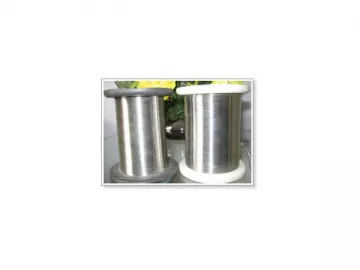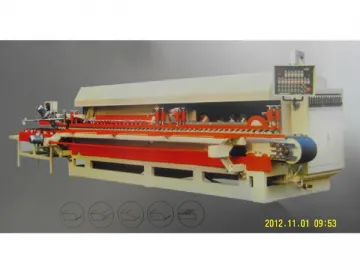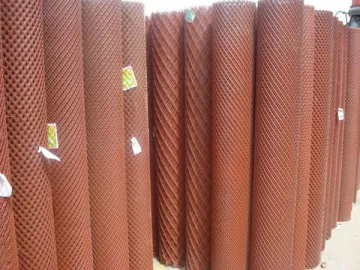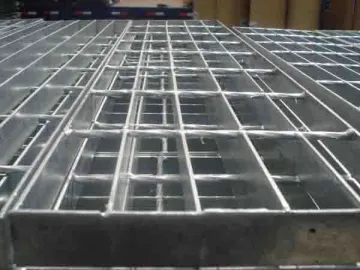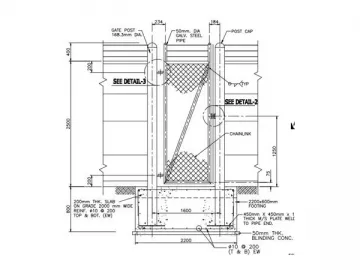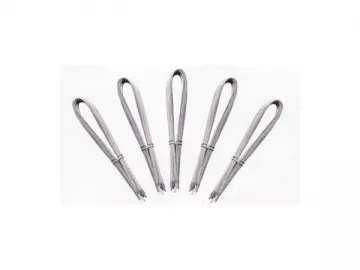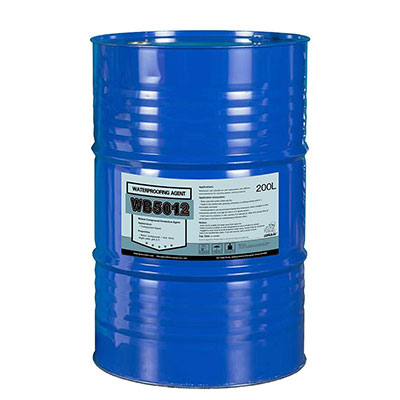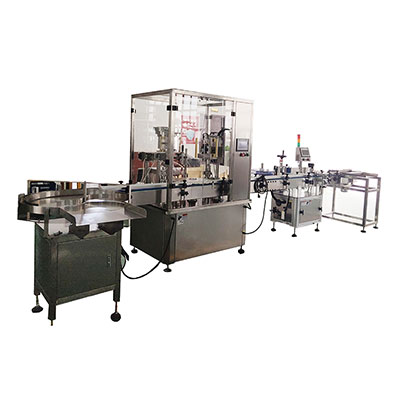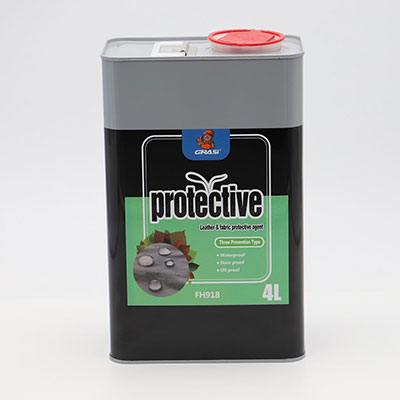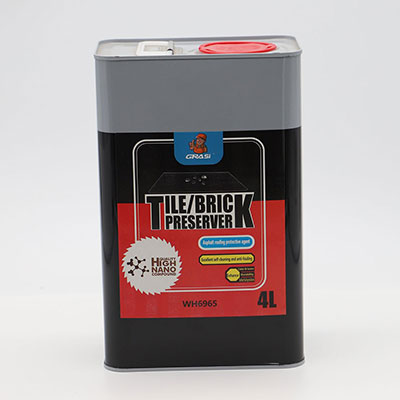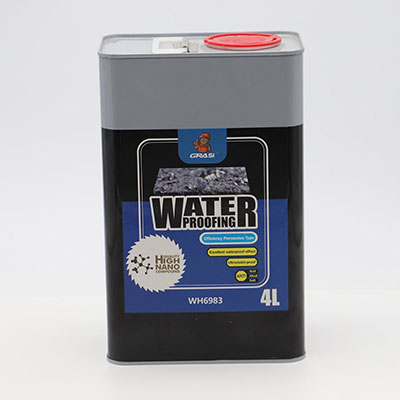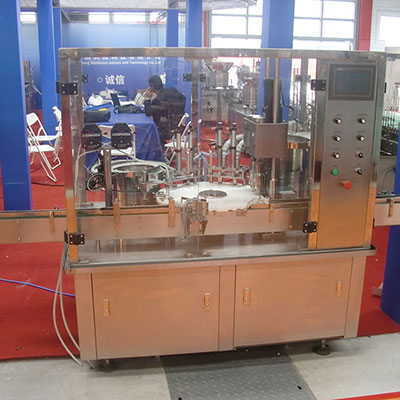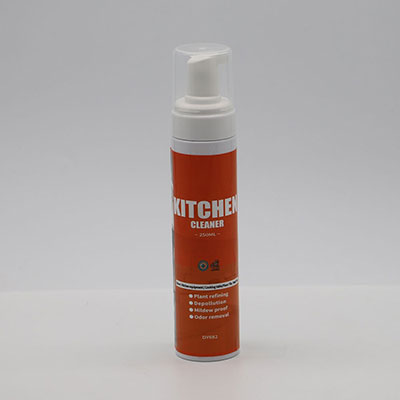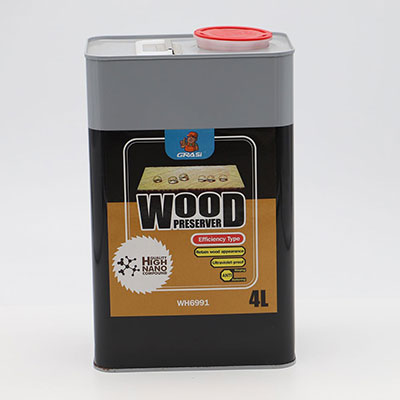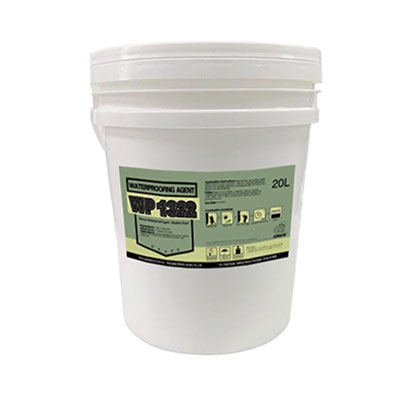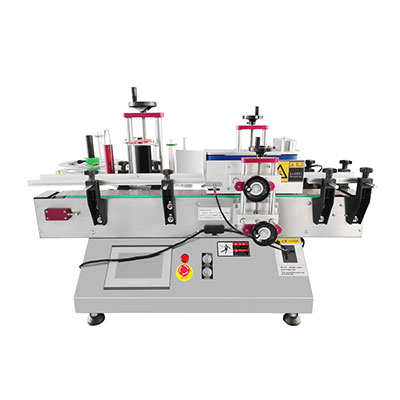Hexagonal Wire Mesh/Netting
The hexagonal wire mesh has a sturdy structure with flat surfaces which are corrosion and oxidation resistant. It is commonly used as fencing for chicken, duck, goose, and rabbit enclosures, zoo, machinery, highway, stadium, and urban green belt.
A civil engineering purpose of our hexagonal wire mesh is to fight against flood. The wire netting can be made into a box-shaped container filled with stones. The container then is placed against sea wall, mountain slope, bridge, and reservoir to provide protection and support to them as well as keep back water.
To obtain a hexagonal wire netting, there are altogether five weaving methods: right hand twist, left hand twist, double-direction twist, weaving prior to surface treatment, and weaving after surface treatment. Depending on the features of surface treatment, the product can be subdivided into three types: hot-dip galvanizing, electro galvanizing, and PVC coating.
Gabions also can be made of hexagonal wire netting by twisting the quality steel wire. Some of their functions have been mentioned in the foregoing paragraph. Further applications are in the roadside slope, foundation pit, highway guard fence, and railway guard fence.
Categories
1. Galvanized hexagonal wire netting is made of low carbon steel wire with high tensile strength no less than 35kg/m2 and of diameters ranging between 2.0mm and 4.0mm. A layer of zinc is coated over the wire surface via a process known as hot-dip galvanization. Choices of coating thickness can be made according to the required specifications, though the standard zinc coating quantity is 200g/m2.
2. PVC coated hexagonal wire netting features a layer of PVC coating which can increase the wire use life. Choices of coating colors can be made according to the individual likings.
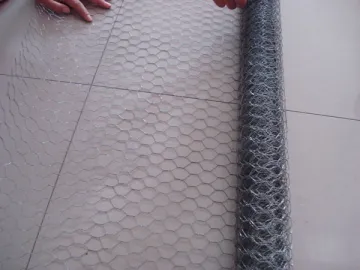
Related Names
Hexagonal Wire Netting | Rabbit Fencing Material | Mechanical Equipment Protection Metal
Links:https://www.globefindpro.com/products/83815.html
